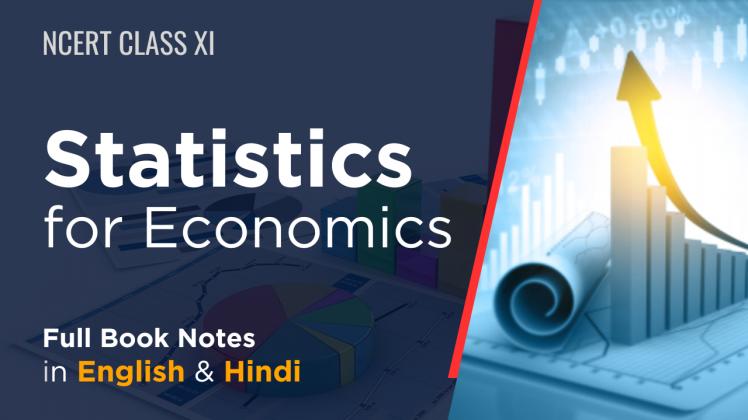

Statistics for Economics
In the realm of economics, understanding and interpreting data is essential for making informed decisions. The study of statistics provides the tools necessary to analyze economic phenomena, make predictions, and evaluate policies. Designed for Class 11 students, this course introduces the fundamental concepts of statistics within the context of economics.
Throughout this course, students will embark on a journey to comprehend the significance of statistical methods in economics. They will delve into various topics such as data collection, organization, presentation, analysis, and interpretation. Moreover, the course will explore the application of statistical techniques in economic research, policy formulation, and business decision-making.
Key topics covered in the course include:
-
Basic Concepts of Statistics: Students will grasp fundamental statistical terms such as data, variables, population, sample, and measures of central tendency (mean, median, mode) and dispersion (range, variance, standard deviation).
-
Data Collection and Sources: Understanding different methods of data collection, including primary and secondary sources, and the importance of reliability and validity in economic data.
-
Presentation of Data: Techniques for organizing and presenting data effectively using tables, graphs (histograms, frequency polygons, ogives), and diagrams (pie charts, bar charts).
-
Measures of Relationship: Exploring correlation and its significance in economics, distinguishing between positive, negative, and zero correlations, and interpreting correlation coefficients.
-
Index Numbers: Introduction to index numbers and their role in measuring changes in economic variables over time, including consumer price index (CPI), wholesale price index (WPI), and index of industrial production (IIP).
-
Time Series Analysis: Analyzing time-series data to identify trends, seasonality, and cyclical fluctuations in economic variables.
-
Sampling and Sampling Distributions: Understanding the principles of sampling, different sampling methods, and sampling distributions, and their relevance in economic research.
-
Introduction to Probability: Basic concepts of probability theory and its applications in economic decision-making and uncertainty analysis.



